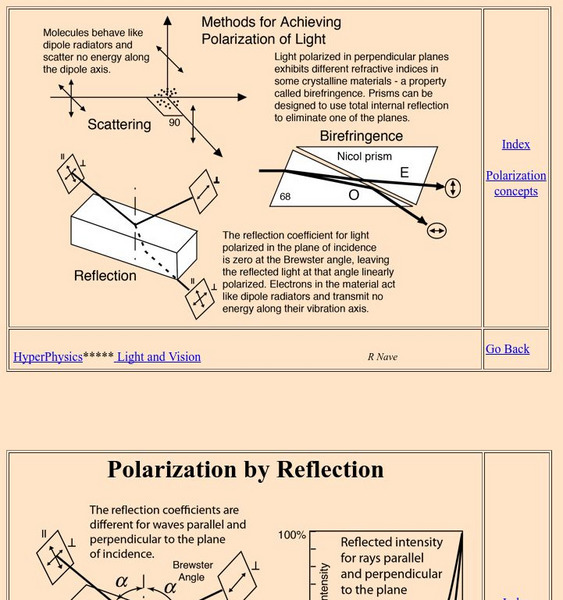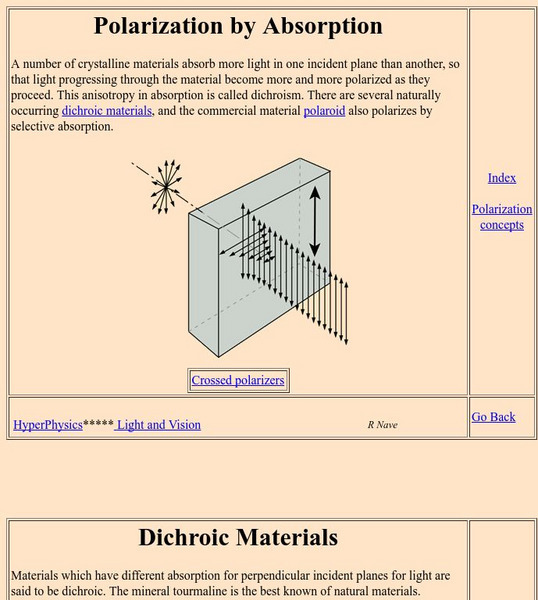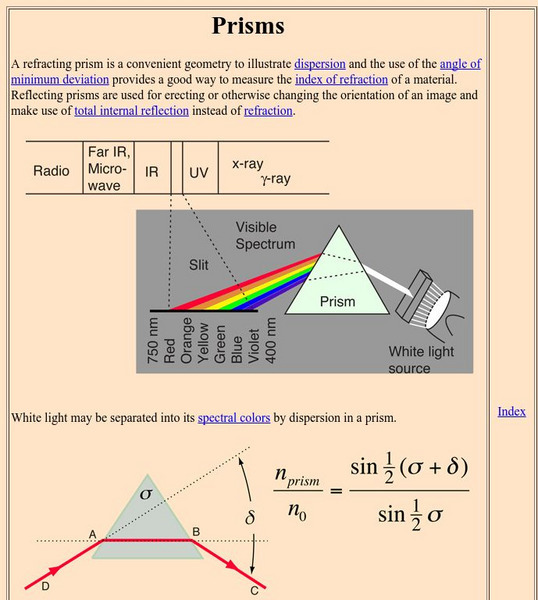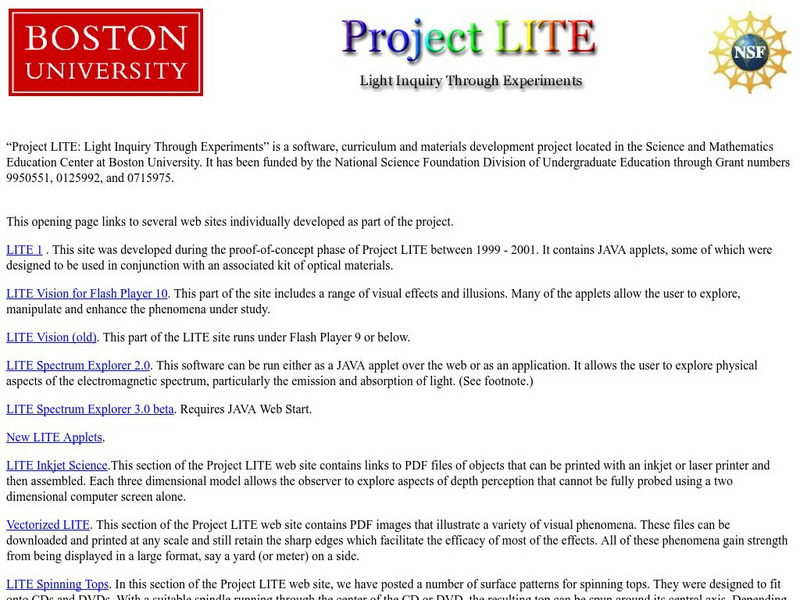Curated OER
How Do Waves Transfer Energy?
In this energy transfer worksheet, students will write down the 4 steps in the sequence that shows how waves transfer energy.
Curated OER
Exploring Infrared Image Technology
Students view infrared images of a blowing hair dryer, a Popsicle, and a toaster. They discuss the images and ways they are different than visible light images. Students view a temperature scale and discuss which parts of the item are...
Curated OER
The Sounds of Summer
Learners experiment with measuring the speed of sound in an open field by clapping hands and measuring the time delay between the clap and hearing the sound at a long distance. Students practice solving equations at completion of activity.
Curated OER
TE Activity: Ohm's Law 2
Students study Ohm's Law 2 after completing an activity about Ohm's Law 1. They determine how long it takes to charge a battery. They examine if it is better to use batteries in series or parallel circuits.
Curated OER
Growing Corn
Sixth graders create a Venn diagram of different soil types. They plant cord seeds in clay, sand, and fertile black soils are record their growing rates. After two weeks they discuss the effects of soil types on the growth process.
Curated OER
Elements of Art
Students explore three topics of elements of art in this seven lessons unit. An overview of light, space, figure, ground, pattern, balance and symmetry are presented in this unit.
Curated OER
Fish Tank Optics: Learning How Light Travels
Students examine light waves and see how they travel. They explain that light moves in waves, which can bounce off of or go through materials. They use a flashlight to shine on a variety of objects.
Curated OER
Lenses and Mirrors
Students investigate lenses and mirrors showing how they bend and reflect light waves.
Curated OER
Heat Currents
Students using a slide made out of aluminum foil and pin holes observe visible light.
Curated OER
Analytical Spectroscope
Students using a spectroscope view different substances when heated with electricity.
Curated OER
Water Prism
Students using a glass prism filled with water are able to see all of the visible colors found the sunlight.
Curated OER
Understanding Waves
Students perform 3 hands-on activities to help them explain the terms "crest" and "trough" as related to sound, water, and light waves. All three waves types have troughs and crests. The activities use toys to demonstrate the properties...
Curated OER
Light Waves and Spectroscopes
Young scholars observe continuous and bright line spectra through a simple, inexpensive spectroscope that is suitable for classroom use and work through typical student laboratory exercises.
NASA
Nasa: Imagers: Teacher's Guide
NASA site provides thematic units targeted for students in grades 5-8. Provides lesson plans, reproducible worksheets, visuals and links to useful resources.
Georgia State University
Georgia State University: Hyper Physics: Methods of Polarization
At this college physics department site, the polarization of light is explained and illustrated as well as the primary methods of polarization (scattering, reflection, and refraction).
Georgia State University
Georgia State University: Hyper Physics: Crossed Polarizers
At this univeristy physics department site, the polarization of light is explained and illustrated. Methods for analyzing light to determine the degree of polarization are stated and explained with equations.
Georgia State University
Georgia State University: Hyper Physics: Polarization by Absorption
The operation of Polaroid filters on a pair of sunglasses is shown.
Georgia State University
Georgia State University: Hyper Physics: Scattering Concepts
A collection of several pages explaining the principles which underlie Rayleigh scattering of light.
Georgia State University
Georgia State University: Hyper Physics: Refraction of Light and Snell's Law
The meaning and cause of refraction--as well as Snell's law of refraction--are discussed. Includes an interactive problem-solving form in which visitors relate angles of refraction to the incident angle and the indices of refraction.
Georgia State University
Georgia State University: Hyper Physics: Prisms
This physics department site explains how prisms work and their purpose in the dispersion of light. Explains the angle of deviation and includes an interactive form in which visitors calculate the angle of deviation and receive immediate...
Boston University
Boston University: Project Lite: Motion
A large collection of online activities for exploring how our eyes perceive real and apparent motion.
Florida State University
Florida State University: Science, Optics & You: Timeline in Optics
A timeline from prehistory to modern days of advances in optics and related disciplines, and of the people responsible for them. The timeline is categorized into distinct spans of time, each accompanied by extensive information.
CK-12 Foundation
Ck 12 Exploration Series: Simulations: Physics: Light Wave
[Free Registration/Login Required] Are there colors we don't see? This simulation addresses that question by exploring light as an electromagnetic wave. Learn how the electromagnetic wave relates its wavelength and frequency to the...
Georgia Department of Education
Ga Virtual Learning: Optics
Students discover how mirrors affect optics in this module through reading informational text, watching animations, and answering self-checking practice questions.























